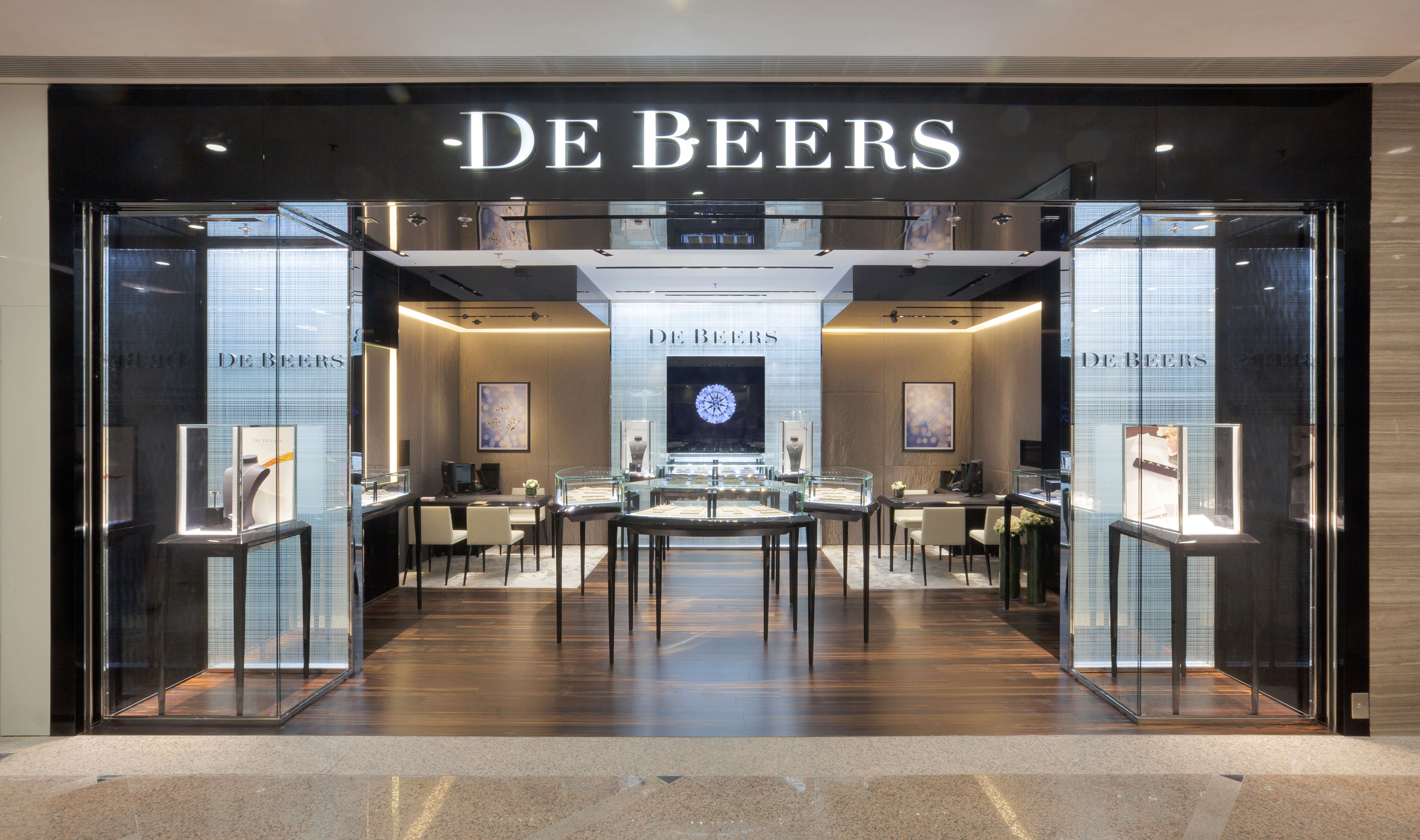

Your engagement ring is the start of your future with your loved one. An engagement ring is that special ring given to your loved one that is going to marry you. The engagement ring is more of a trend in Western Cultures.
In Western cultures usually a ring is presented as an engagement gift by a partner to their prospective spouse when they propose marriage or directly after a marriage proposal is accepted. It represents a formal agreement to future marriage.
In some cultures, men and women wear matching rings, and engagement rings may also be used as wedding rings. In Anglo-Saxon countries, the ring is customarily worn on the left-hand ring finger, but customs vary all across the world.
You’d be surprised to learn that neither the engagement nor any other ring is worn during the wedding ceremony, when the wedding ring is put by the groom on the finger of the bride as part of the ceremony, and sometimes by the bride onto the groom’s finger. After the wedding, the engagement ring is usually put back on and is usually worn on the outside of the wedding ring.
Let’s head back to ancient times and the believed origin of the engagement ring. It appears that the ancient Egyptians are sometimes credited with inventing the engagement ring, and early wedding ring dates to the ancient Egyptians, who believed that a circle symbolized eternal love. These early rings were made of braided reeds or other materials and were put on the ring finger, which they believed contained a vein that ran to the heart. Ancient Greeks later adopted this tradition.
During the second century BC, the Roman bride-to-be was given two rings, a gold one which she wore in public, and one made of iron which she wore at home while attending to household duties to ensure the ring doesn’t damage.
.jpg)
It’s only a few years later that gemstones became significantly linked with engagement rings. The first well-documented use of a diamond ring to signify engagement was by the Archduke Maximilian of Austria in the imperial court of Vienna in 1477, when he proposed to Mary of Burgundy. It is during this time that those of higher social class and of significant wealth begun prizing their loved ones with diamond rings.
In the sixteenth century, the gimmel ring design was used for both the engagement and the wedding. Gimmel means “twin” in Latin, and the rings resemble a puzzle. The couple would wear one of the ring pieces during the engagement and put the second ring piece together on their wedding day.

During the seventeenth century the Claddagh ring originated in the Irish fishing town of Claddagh. According to Irish tradition the ring signifies love, loyalty, and friendship. The design consists of a heart, hands, and a crown for loyalty. Claddagh rings are still used today for love and friendship.

Today, most people no longer wear Claddagh rings to show their relationship status, but rather to show their Irish heritage
In 1866 diamonds were first found in South Africa. However, they were not identified as such until 1867. By 1872, the output of the diamond mines exceeded one million carats per year. The discovery of Moissanite also played a big role in various diamond sectors.
Taking a look at the twentieth century and how the trend of engagement rings evolved. In the United States, the popularity of diamond engagement rings declined after World War I, even more so after the onset of the Great Depression. And in 1938, the diamond cartel De Beers began a marketing campaign that would have a major impact on engagement rings.

It is here when people were educated on the 4 C’s of diamonds and an everlasting slogan started to take over the world: “A Diamond is Forever.” Ultimately, the De Beers campaign sought to persuade the consumer that an engagement ring is indispensable, and that a diamond is the only acceptable stone for an engagement ring.
This Post was first published on https://ralphjacobs.co.za/the-history-of-the-engagement-ring/